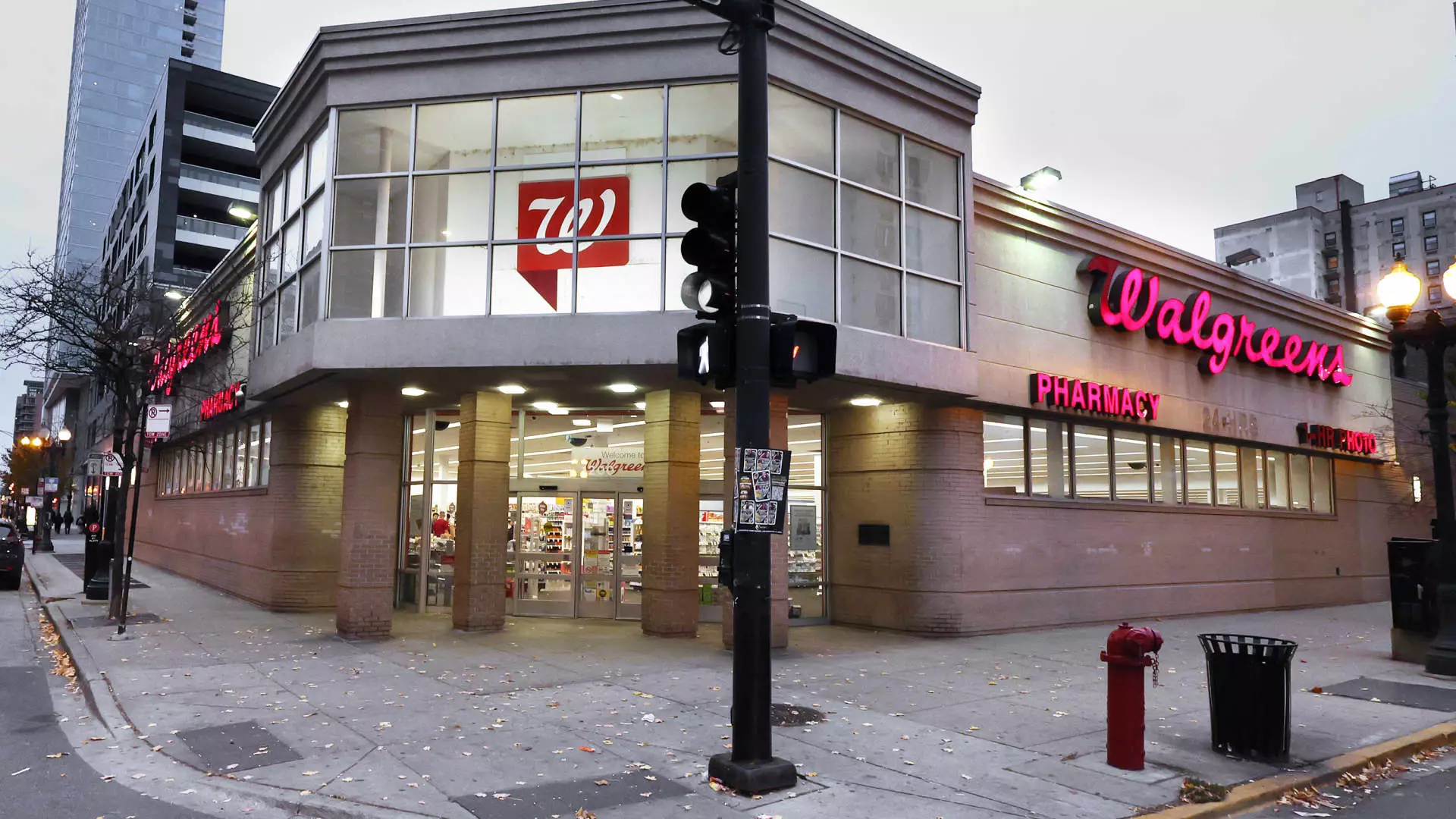In an era where consumer preferences are rapidly shifting, Walgreens finds itself at a critical crossroad. With the announcement of its pending $10 billion sale to Sycamore Partners—expected to close within the year—the retail pharmacy giant is not just making headlines; it’s signaling an internal transformation of monumental proportions. This acquisition represents an end to Walgreens’ tumultuous journey as a publicly traded company, a status it has held since 1927. However, the real question is whether this transformation is a solution or simply a desperate measure taken amidst increasing competition and financial strain.
Walgreens’ current predicament is steeped in the challenges pervasive across the retail landscape—competition from CVS, Amazon, and other grocery chains looms large, leaving Walgreens scrambling for market relevance. Their recent fiscal second-quarter results highlight this distress: although earnings per share beat expectations at 63 cents, net losses of $2.85 billion paint a stark picture of a company struggling to keep pace. The fact that Walgreens had to withdraw its fiscal 2025 guidance further emphasizes the gravity of this situation.
A Response to Market Forces
It is becoming increasingly clear that the past strategies employed by Walgreens are no longer sufficient. The company’s journey into healthcare, originally heralded as a beacon of innovation, has become fraught with complications. The loss of value in their retail pharmacy segment, exemplified by a staggering $4.2 billion charge, exhibits how misjudgments in strategic direction can severely impact long-term viability. Walgreens’ moves symbolize not just an attempt to streamline operations but a desperate pivot to regain footing in a rapidly changing marketplace.
As pointed out by CEO Tim Wentworth, though there are signs of improvement through disciplined cost management and healthier U.S. Healthcare prospects, the stark reality remains: average consumers are not spending as freely, and legal burdens from opioid settlements are a heavy financial encumbrance. At the same time, Walgreens is looking for a meaningful turnaround, but the timeline for this recovery appears uncertain. The current state of Walgreens demands scrutiny—not just from investors, but from the entire retail sector that could potentially follow suit.
The Balancing Act of Investment and Cash Needs
One of the core tenets of business is balance, yet Walgreens seems to be tiptoeing along a precarious edge. With investments in health care that have not yet yielded promised returns, combined with a legacy of excessive legal liabilities, the situation requires not just tactical precision but also genuine foresight. These investments, such as those in pharmaceutical solutions and community-based health services, might be smart choices in theory, but they also showcase the pitfalls of diversifying without a clear return trajectory.
A crucial aspect of Walgreens’ story is its ability to remain agile amidst these pressures. The fiscal second quarter did reveal a silver lining, as their investments generated some profit. The question, however, remains whether Walgreens can sustain such profits even as they navigate through a minefield of legal and operational challenges. Accelerating a shift into health care and reducing costs remains imperative, and yet, these strategies alone cannot guarantee survival.
The Implications for the Future of Retail Pharmacy
As Walgreens enters this new phase, it stands not just as a singular entity in distress but rather as a key player within a larger narrative regarding the future of retail pharmacy. The convergence of pharmacy with healthcare services reflects a trend that other players in the industry will inevitably have to confront. If Walgreens can navigate its impending transition effectively, it may set a benchmark for how retail giants adapt to changing market dynamics. Conversely, its struggles may serve as a cautionary tale.
In the grander scheme, Walgreens’ ordeal is a potential flashpoint for re-evaluating how businesses leverage their public presence and reorganize in response to consumer behavior. A transformation of this magnitude could evoke a larger discussion about what it means to be a viable retail provider in today’s world—raising significant questions about sustainability, consumer engagement, and strategic adaptability. The retail environment is evolving, and the stakes have never been higher for companies stuck in yesterday’s paradigms.

